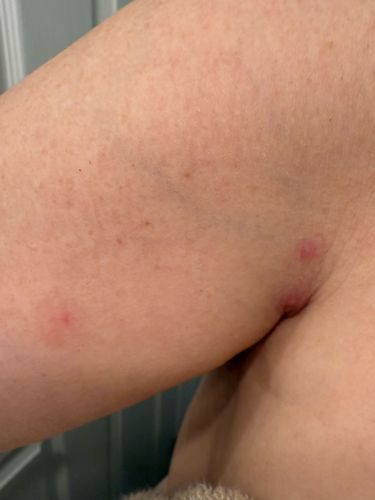Mosquito
Scientific Name: Subfamily Anophelinae, Culicinae, and Toxorhynchitinae
Order & Family: Diptera, Culicidae
Size: 3 to 6 mm (0.12 to 0.24 inches)

Natural Habitat
Near standing water (temporary or permanent) for breeding - puddles, marshes, ditches, containers, etc. Adults are found in vegetation, homes, and other sheltered areas.
Diet & Feeding
Adult female mosquitoes feed on blood (from humans, mammals, birds, etc.) for egg development. Both males and females feed on nectar and plant juices for energy. Larvae filter-feed on organic matter in water.
Behavior Patterns
Mosquitoes are most active at dawn and dusk. They detect hosts using CO2, body heat, and odors. Females lay eggs individually or in rafts on or near water. Larvae and pupae are aquatic. Adults undergo complete metamorphosis. Some species can transmit diseases.
Risks & Benefits
Risks: Mosquitoes are significant vectors for numerous diseases globally, including malaria, dengue fever, Zika virus, West Nile virus, and chikungunya. Their bites cause itchy welts. Benefits: Larvae are a food source for aquatic animals; adults are a food source for birds, bats, and other insects. They can also play a role in pollination.
Identified on: 9/6/2025